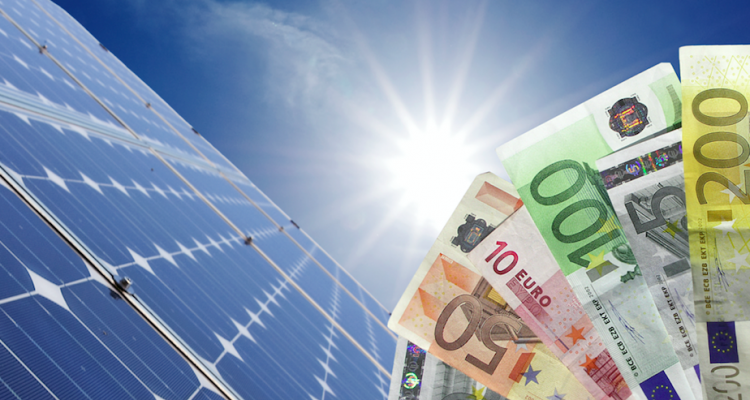Continuous decrease in Indian solar lending rates
A continuous fall in the lending rates in India now makes low-budget projects more profitable. Due to the country’s current demonetization process, an even further price reduction is possible.
Mercom Capital, a clean energy communications and consulting firm based in Texas, has recently conducted an analysis that notes a remarkable drop in Indian solar lending rates. As a result, the company now considers lower-priced projects more profitable.
Steep decline to below 11 percent
Mercom Capital estimates that, in the last quarter of 2016, the average interest rates for financing of solar projects sank to as little as 11 percent, which is 0,5 percent below the year before. As a result, contracts with less than INR 5 (US$0.073) per kilowatt-hour (kWh) are, unlike before, now becoming profitable. As always, rates will be even cheaper for larger corporations with a big in- and outcome.
Along with this development, the internal rates of return (IRR) are increasing, based upon falling module and system prices – developers are now expecting 13-20% IRR. According to Mercom, the more conservative estimates from banks fall in the 11-19% range.
Development caused by demonetization
This downfall in interest rates is mainly caused by the demonetization process which is currently taking place in India. As part of this process, all 500 and 1000 rupee notes were withdrawn from the market and only slowly replaced by renewed fivehundreds. Old notes could, however, be used until 31 December 2016 to clear outstanding utility bills, which helped companies recover open payments. This brought extra funds to both utilities and banks and could, according to Mercom, be one of the reasons for the lowered rates.
Lower rates could help sector grow further
This new development is just one of many factors that leads to a steady growth of the Indian renewable energy sector – Milk the Sun has been keeping you up to date. As a matter of fact, Mercom expects that more than 9 GW of new capacity will be installed this year. Furthermore, investments in the sector are also growing, with $736 million in the last quarter of 2016.
Title image: Franz Metelec/shuttestock





